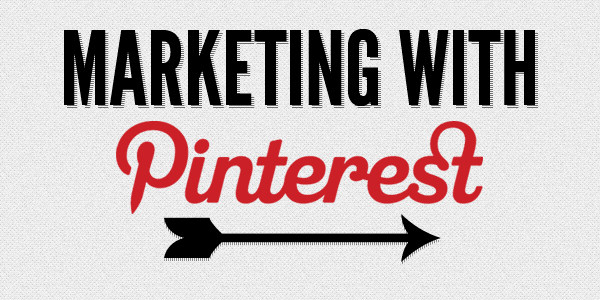10 Ways to Use Pinterest for your Ecommerce Business

Social networking sites have become more visual. This is especially the case with Pinterest.
The site, which consists of images and videos arranged in a bulletin board style layout, has become one of the largest social networks.
Unlike Facebook and Twitter, which rely on content from a network of friends and followers, Pinterest focuses on the “interest graph” and is made up of people who gather around topics of interest rather than relationships.
Pinterest also offers more marketing potential than other social networks. Pinterest drives more traffic to websites than Twitter, LinkedIn, Google+, and YouTube, according to some reports. One in five Pinterest users purchase an item they have seen on the site — an average of about $80 per purchase — twice that of Facebook buyers.
With that in mind, here are 10 ways ecommerce businesses can use Pinterest more effectively.
1. Set Up a Business Account
Businesses that wish to join Pinterest should set up a business account.
Creating an account involves two steps:
– Complete a form that asks for information about your business, and agree to Pinterest’s terms of service.
– Verify your website to show Pinterest users that you are a trustworthy source. Verified accounts help more potential customers find you.
Companies that started using Pinterest prior to the launch of business accounts can convert by completing a form.
2. Use an Eye-catching Profile Image
Pick a profile image such as a logo that helps people easily recognize your business. Profile images should be scaled to 160×165 pixels. Include a short description to introduce your company’s interests to Pinterest users.
3. Create and Organize Boards
Create a variety of boards that show off your brand’s personality and taste, and add enough pins to make each board feel substantial. Pinterest suggests that, prior to starting to pin, you consider what users care about and tailor your strategy to address them. People can choose which boards they want to follow, so not every board has to appeal to everyone.
More board tips:
– Clearly name each board, but be creative. Limit names to 20 characters or less;
– Add a description to inspire people to follow your boards and help you appear in searches;
– Choose a compelling cover pin for each board that gives people a sense for the content contained there.
4. Use High Quality Images
Pinterest users want to be inspired, which is something low quality images won’t likely do. Images that are at least 600 pixels wide look best and only images that are at least 100×200 or 200×100 are pinnable.
5. Show What Inspires You
Instead of merely showcasing your products, Pinterest recommends that you show what inspires them by creating boards for the ideas, places, people, and moods behind your brand.
“The very best boards are inspiring, with beautiful images that draw people in,” states Pinterest.
6. Add a “Pin it” Button or Widget to Product Pages
Adding a Pin it button or widget to product pages on your website provides an easy way for people to share your content on their boards.
Follow these steps to create a button or widget.
Go to the Widget Builder page. Five types of buttons or widgets are available: Pin it buttons, Follow buttons, Pin Widgets, Profile Widgets, and Board Widgets.
– Click on the option you wish to embed. Depending on the one chosen, you may be required to include additional information such as the URL where the button or widget will appear and an image to associate with it.
– Click “Build It!” to create the widget code.
– Copy the HTML and JavaScript code to include on your website.
7. Embed Pinterest Boards on your Website
One of the options listed above — Board Widget — enables users to embed entire pin boards on their website.
8. Include Product Pins
Pinterest recently created a new type of product-related pin called “Rich Pins” that includes details like pricing, availability, and where to buy.
According to Pinterest, rich product pins offer several advantages:
– Get higher click-through rates than regular pins;
– Make your brand more visible because your logo is on the pin;
– Product pins are more likely to appear in a category feed, like Men’s Fashion or Gifts;
– Include automatically updated details, like price changes.
Setting up product pins is not a simple matter, however, and implementing them will likely require the assistance of a developer.
9. Use Pinterest Analytics to Know what Works
Pinterest Analytics shows pins that are most popular with users along with the ones that drive the most traffic to your site. You can also see what boards your content appears on, how the pins are described, and what people pin along with yours — insights that can help you make decisions about merchandising, product development, and your pinning strategy.
10. Share your Pinterest Account with Others
The more people pin your content, the more discoverable it becomes. To encourage more pinning, add Pin it buttons or widgets to your website, and promote pinning on social networks and in email newsletters.
Courtesy: http://www.practicalecommerce.com/articles/4144-10-Ways-to-Use-Pinterest-for-your-Ecommerce-Business
